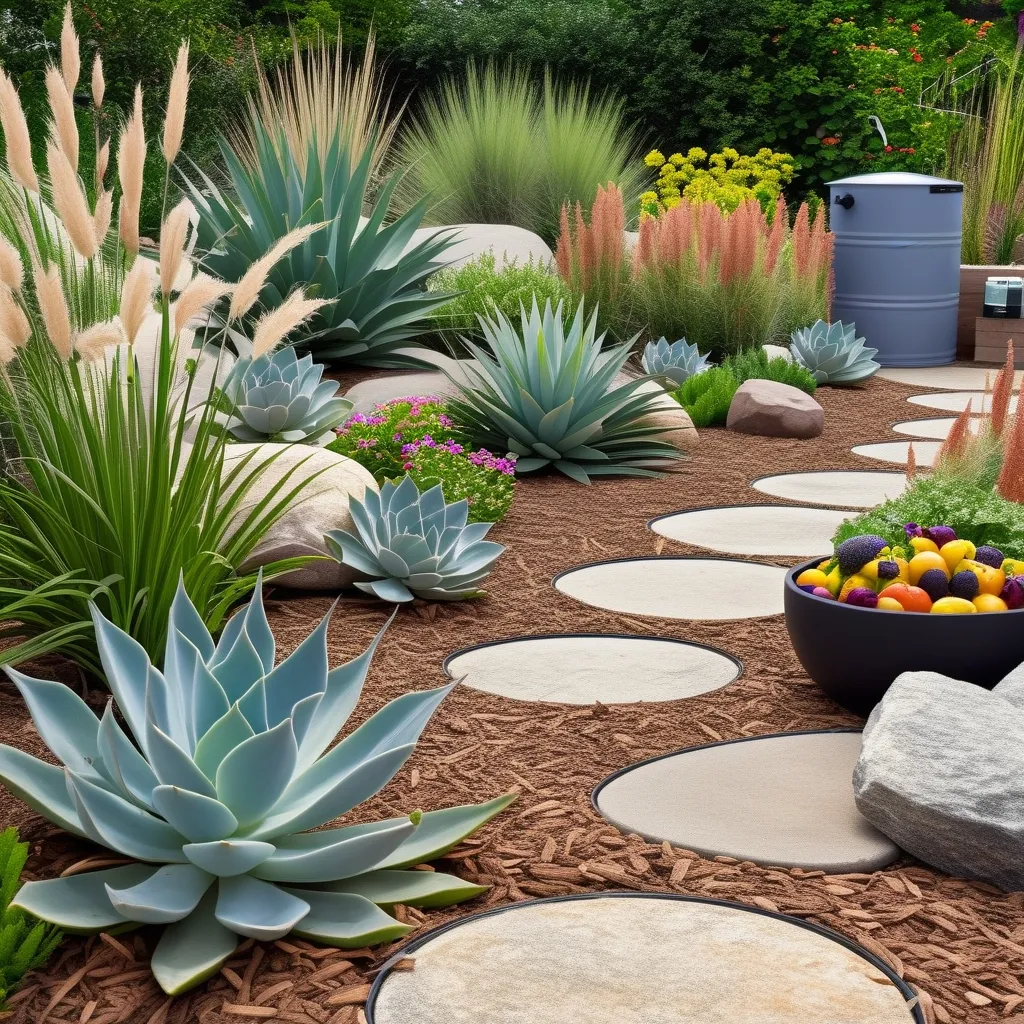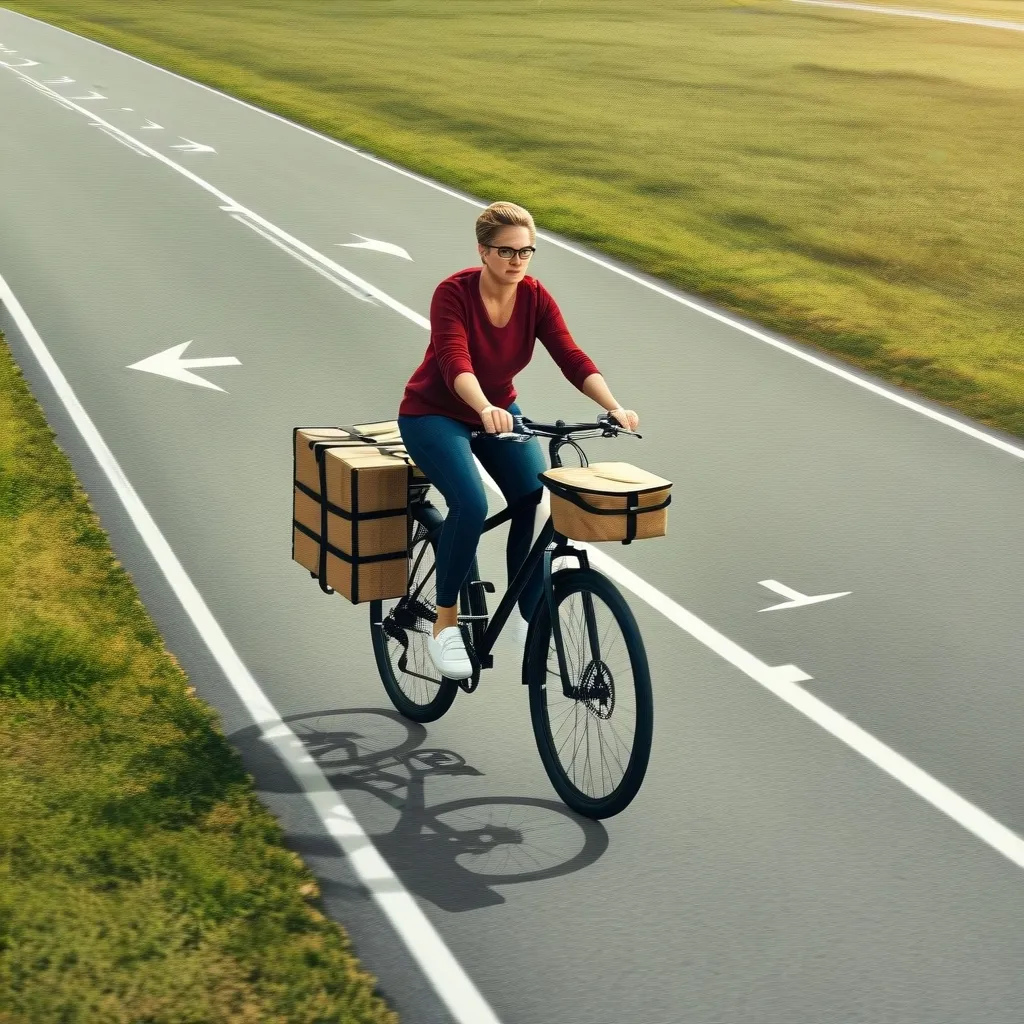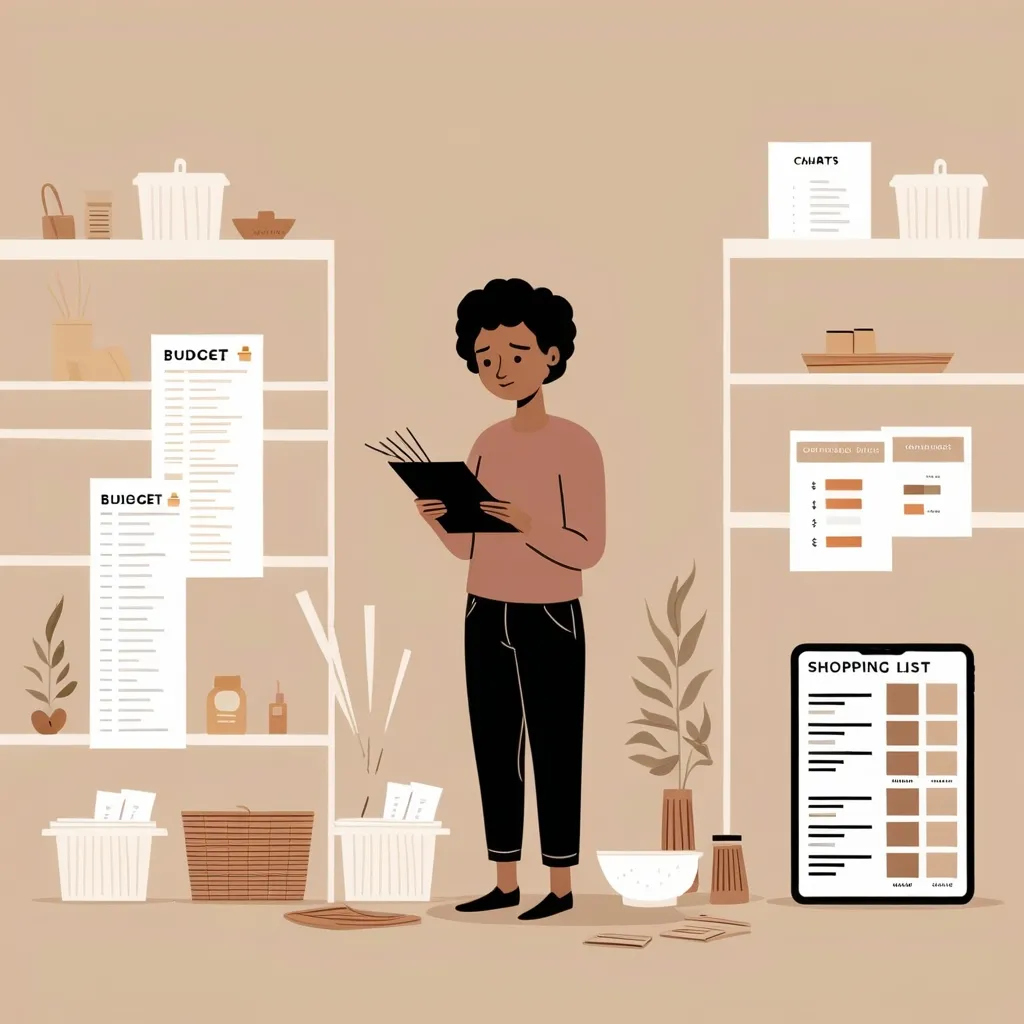Growing a sustainable garden isn’t just good for the environment; it’s great for your wallet too. With water scarcity and climate change becoming more urgent issues, making eco-friendly choices in our gardens can have a big impact. Plus, who wouldn’t want a garden that’s easy to maintain and beautiful?
Picking the Right Plants
Choosing the right plants is like picking the right team for a project. You need plants that don’t just survive, but thrive with less water and care. Drought-tolerant plants are your best bet. They’ve evolved to flourish even when water is scarce. Think succulents like cacti and euphorbs for those hot, arid spots. For a range of climates, sedum, yarrow, and mullein can step up to the plate nicely.
In places like the American West, with its dry and hot conditions, prickly pear, coneflowers, and ornamental grasses are rock stars. Not only do they save water, but they also make your garden look stunning. If you’re in a more temperate area like the Northeast, go for cold-hardy and drought-tolerant plants such as asters and beardtongue.
Getting the Soil Ready
Good soil prep is like laying a firm foundation for a house. Drought-tolerant plants like well-drained soil. If you’re dealing with heavy clay soil, think about adding raised beds or tweaking the soil to improve drainage. Mixing in compost and organic matter can also do wonders for retaining moisture, so you don’t have to water as often.
Smart Watering Techniques
Watering wisely is crucial. Traditional sprinklers are okay, but much water gets lost to evaporation. Drip irrigation or soaker hoses are like direct pipelines to your plants’ roots, saving a lot of water. Collecting rainwater is another smart move. Rain barrels or advanced harvesting systems can store rainwater for future use, cutting down your reliance on city water and reducing stormwater runoff.
Mulching and Hardscaping
Mulching is a gardener’s secret weapon. A layer of organic mulch or small stones can help keep the soil moist by reducing evaporation. It also fights off weeds, meaning less time weeding and more time admiring your garden. Adding hardscaping elements like boulders, patios, and pathways can bring structure to your garden while saving water.
Designing a Water-Wise Landscape
Creating a water-wise landscape goes beyond just choosing drought-tolerant plants. Cluster plants with similar water needs together to make irrigation more efficient. Use permeable materials like pea gravel for pathways to slow down water runoff, letting it seep back into the ground rather than washing away.
Embracing Cutting-Edge Tech
In today’s high-tech world, why not bring some innovation into the garden? Smart irrigation systems use weather data and soil moisture sensors to water your plants only when needed. These can even be controlled through smartphone apps, ensuring water use is as efficient as possible. Smart plant monitors are another handy gadget. They track moisture levels, light, temperature, and soil nutrients, sending updates to your phone. This way, you know exactly what your plants need without overwatering.
Supporting Local Ecosystems
Gardening sustainably also means supporting local ecosystems. Using native plants can attract local wildlife like pollinators, birds, and other animals. Since these plants are adapted to the local climate and soil, they need less maintenance and care. Plus, they help preserve the natural biodiversity of your area.
Cutting Down on Food Waste
Growing your own food is a huge part of sustainable gardening. Cultivating vegetables, fruits, and herbs in your backyard reduces reliance on industrial agriculture, which often uses tons of pesticides, contributes to transportation emissions, and wastes water. Harvest just what you need and preserve any surplus through canning, freezing, or drying to minimize food waste.
Start Small
If you’re new to gardening, don’t bite off more than you can chew. Start with a small plot or containers to get the hang of things and gradually expand as you gain confidence. This way, you won’t feel swamped by too much to manage all at once.
Thoughtful Garden Layout
When planning your garden layout, consider space, sun exposure, and plant height. This ensures each plant gets the sunlight and space it needs. Leafy greens like lettuce, spinach, kale, and Swiss chard grow quickly and do well in partial shade. Tomatoes and root vegetables like carrots and beets love full sun.
Composting for the Win
Composting is like giving your garden natural multivitamins. Turning kitchen scraps and yard waste into compost provides nutrient-rich soil for your plants, reducing the need for artificial fertilizers. It also helps the soil retain moisture, cutting down on the need for frequent watering.
In summary, growing plants that need less water and maintenance is a stylish and impactful way to build a sustainable future. Choose drought-tolerant plants, prep your soil right, use smart watering techniques, and embrace the latest technologies. Support local wildlife and reduce food waste. Whether you’re a green-thumb pro or just getting started, these practices will not only lower your environmental footprint but also leave you with a thriving garden. So grab that shovel, get your hands dirty, and watch your sustainable garden flourish.






